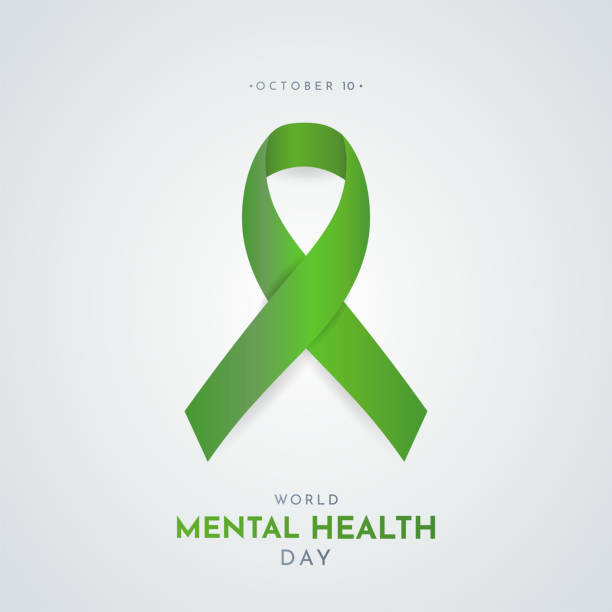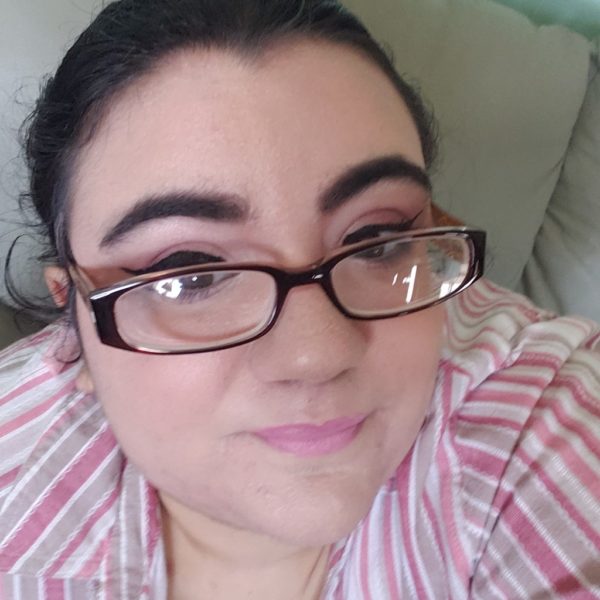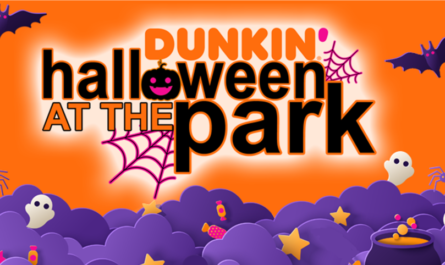What are “Tics?”
“Tics” are sudden twitches, movements, or sounds that are done repeatedly. Individuals who have tics cannot stop their body from doing these things. For example, someone with a motor tic might keep blinking over and over, or someone with a vocal tic might make a grunting sound unwillingly.
The American Psychiatric Association’s Diagnostic and Statistical Manual of Mental Disorders, Fifth Edition (DSM-5) is used to diagnose tic disorders.
Three tic disorders are included in the DSM-5:
- Tourette syndrome (TS, sometimes called Tourette disorder)
- Persistent (sometimes called chronic) motor or vocal tic disorder
- Provisional tic disorder
These tic disorders differ from each other in terms of the types of tics present and how long the symptoms last. Individuals with TS have both motor and vocal tics and have had symptoms for at least a year. Individuals with persistent motor or vocal tic disorders have either motor or vocal tics and have had symptoms for at least a year. Individuals with provisional tic disorders can have motor or vocal tics, or both, but have had symptoms for less than a year.
Tourette Syndrome
To be diagnosed with TS, the individual must
- Have 2 or more motor tics (ex., blinking or shrugging shoulders) and at least 1 vocal tic (ex., humming, clearing throat, or yelling out words or phrases), although they might not always happen at the same time
- Have had tics for at least a year. The tics can occur several times a day, every day, or off and on
- Have tics that begin before the age of 18
- Have symptoms that are not due to taking medication or other drugs or due to having another medical condition (ex., seizures, Huntington disease, or postviral encephalitis)
Persistent (Chronic) Motor or Vocal Tic Disorder
To be diagnosed with a persistent tic disorder, the individual must
- Have 1 or more motor tics (ex., blinking or shrugging shoulders) or vocal tics (ex., humming, clearing throat, or yelling out words or phrases) but not both
- Have tics that occur many times a day, nearly every day, or on and off throughout a period of more than a year
- Have tics that start before the age of 18
- Have symptoms that are not due to taking medication or other drugs, or due to having a medical condition that can cause tics (ex., seizures, Huntington disease, or postviral encephalitis)
- Not have been diagnosed with TS
Provisional Tic Disorder
To be diagnosed with a provisional tic disorder, the individual must
- Have 1 or more motor tics (ex., blinking or shrugging shoulders) and/or vocal tics (ex., humming, clearing throat, or yelling out words or phrases)
- Have been present for no longer than 12 months in a row
- Have tics that start before the age of 18
- Have symptoms that are not due to taking medication or other drugs, or due to having a medical condition that can cause tics (ex., Huntington disease or postviral encephalitis)
- Not have been diagnosed with TS or persistent motor or vocal tic disorder
Tic-Like Behaviors
Sometimes, individuals have tic-like behaviors, also known as “functional tics,” that look like tics, but that are distinctly different from those typically seen in TS and other tic disorders. Those who develop these tic-like behavior is often experiencing movement symptoms for the first time, with no reported history of tics. These types of behaviors are common among adolescents and more often seen in females than males. Sometimes these tics can happen in groups of children. Experts believe these sudden behaviors can happen for several reasons, and tic-like behaviors may need different treatment compared to tic disorders.
Symptoms
Symptoms usually begin at ages 5-10. The first symptoms often are motor tics that occur in the head and neck. Tics usually worsen during times that are stressful or exciting. They tend to improve when an individual is calm or focused on an activity. The types of tics and how often they occur changes over time. Even though symptoms may appear, disappear, and reappear, these conditions are considered chronic. In most cases, tics decrease during adolescence and early adulthood, or they may disappear entirely. However, individuals with tic disorders experience tics into adulthood, and, in some cases, tics can worsen during adulthood. Although the media portray those with tic disorders as involuntarily shouting profanities (coprolalia) or constantly repeating the words of others (echolalia), these symptoms are rare, and are not needed for a diagnosis of a tic disorder.
Treatment
Although there is no cure for tic disorders, there are treatments to help manage tics. Many individuals with tic disorders have tics that do not get in the way of their daily life and do not need any treatment. However, medication and behavioral treatments, such as Comprehensive Behavioral Intervention for Tics (CBIT), are available if tics cause injuries, interfere with school, work, or social life, or cause stress.
Educating the community (ex., peers, educators, and coworkers) about tic disorders can increase understanding of the symptoms, reduce teasing, and decrease stress for those living with tic disorders. Those with tic disorders cannot help having tics and are not being disruptive on purpose. When others understand these facts, individuals with tic disorders might receive more support, which might help lessen tic symptoms.
It is common for individuals with tic disorders to have other conditions, such as attention-deficit/hyperactivity disorder (ADHD), and obsessive-compulsive disorder (OCD). Those with added conditions will require different treatments based on the symptoms. Sometimes treating these other conditions can help reduce tics. To develop the right treatment plan, the patients, parents, and healthcare providers can work together and include teachers, childcare providers, coaches, therapists, and other family members. Taking advantage of the available resources will help guide success.
Medications for Tic Disorders:
Medications can be used to reduce severe or disruptive tics that might have led to problems in the past with family and friends, other students, or coworkers. Medications can also be used to reduce symptoms of related conditions, such as ADHD or OCD. Medications do not cut tics entirely, but they can help with patients in their everyday life. Just like with all mental disorders, there is no one medication that is best for everyone. Most medications prescribed for tic disorders have not been approved by the FDA for treating tics. Medications affect each patient differently. One individual might do well with one medication but not another. When deciding on the best treatment, a doctor might try different medications and doses, and it may take time to find the best plan. The doctor will want to find the right medication and dosage that has the best results and fewest side effects. Doctors usually start with small doses and slowly increase as needed. As with all medications, those used to treat tics can have side effects, which include weight gain, stiff muscles, tiredness, restlessness, and social withdrawal. The side effects need to be considered carefully when deciding whether to use the medication. In some cases, the side effects can be worse than the tics. Even though medications are used to treat the symptoms of tic disorders, they may not be helpful for everyone. Two common reasons for not using medications are unpleasant side effects and failure of the medications to work as expected.
Behavioral Therapy for Tic Disorders:
Behavioral therapy is a treatment that teaches patients ways to manage their tics. However, this is not a cure for ALL tics, but it can reduce the number of tics, the severity of tics, the impact of tics, or a combination of these. It is important to understand that even though this may help reduce the severity of tics, this does not mean that tics are just psychological or that anyone with tics can control them.
Habit reversal is one of the most studied behavioral interventions for people with tics. There are two main parts: awareness training and competing response training. During awareness training, patients name each tic aloud. During competing response training, patients learn to do a new behavior that cannot happen at the same time as the tic. For example, if the patient has a tic that involves head rubbing, a new behavior might be for them to place their hands on their knees or cross their arms, so that the head rubbing cannot take place.
CBIT is an evidence-based type of therapy for chronic tic disorders. CBIT includes habit reversal in addition to other strategies, such as education about tics and relaxation techniques. CBIT has been shown to be effective at reducing tic symptoms and tic-related impairment among children and adults. In CBIT, a therapist will work with a child (and their parents) or an adult with a tic disorder to better understand the types of tics they have and to understand the situations in which the tics are at their worst. Changes to the surroundings may be made, if possible, and the patient will also learn to do a new behavior instead of the tic. For example, if the patient often has a tic during math class, the math teacher can be educated about tic disorders, and perhaps the patient’s seat can be changed so that tics are not as visible. In addition, the patient also can collaborate with a psychologist to learn habit reversal techniques. This helps to decrease how often the tic occurs by doing a new behavior. CBIT skills can be learned with practice, with the help of an experienced therapist, and with the support and encouragement of those close to the patient.
Support
Parent Training:
Children with tic disorders and their families can receive help from parent training, which has been shown to be successful among children with both tic disorders and other disruptive behaviors. Parent training has also been shown to be helpful for children with ADHD. Parent training helps parents understand their child’s behavioral issues and learn parenting skills specific to these problems. The training might include learning about the effective use of positive reinforcement and discipline that is effective with their child.
Educating Others:
One way to help someone with a tic disorder with school, work, and other activities is to educate others about it. When everyone knows more about the disorder, they might be more understanding, helpful, and accommodating. For example, an employer might be willing to rearrange desk seating to supply more privacy, or a sports coach might encourage teammates to ignore a child’s tics instead of teasing them.
Resources
Tourette Association of America: To find a provider to help you or a loved one with a tic disorder, visit https://tourette.org/find-a-provider/
American Psychological Association: To find treatment near you, visit https://locator.apa.org/
American Academy of Child & Adolescent Psychiatry: To find a psychologist for a child you know, visit https://www.aacap.org//AACAP/Families_and_Youth/Resources/CAP_Finder.aspx
Pediatric Psychopharmacology: Psychopharmacology of Tic Disorders: To view the full document, visit https://www.ncbi.nlm.nih.gov/pmc/articles/PMC2527768/pdf/0170150.pdf
Sources
https://www.cdc.gov/ncbddd/tourette/diagnosis.html


 by
by 

